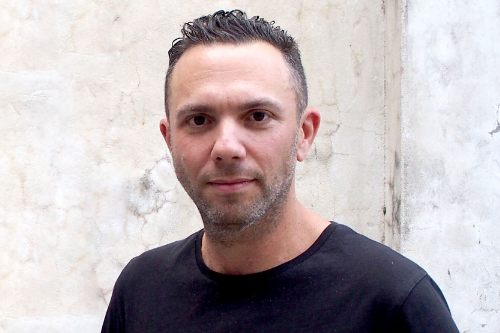

“They’re playing catch-up all the time on that technical race,” said Steadfast CEO Robert Kelly at his company’s recent annual results news conference. The boss of Australia’s largest general insurance broker network had a tone of irritation in his voice.
“Their technology is antiquated, and they’ve got to keep spending a lot of money in their technology,” he said.
The insurance industry’s technology issues are often the object of criticism from industry insiders and customers. However, insights from industry leaders suggest that insurance companies are starting to move into the future and brokers are playing an important role.
Some brokers are driving insurance companies to update digitally while others are dealing with complex risk assessments that even the best technology can’t handle.
Insurtech companies like Sydney based Open Insurance were founded in response to the insurance industry’s historic technology weakness.
Read next: Insurtech firm Open begins global expansion
“Insurance is a place where lots of customers are dissatisfied with the service and the product that they buy and there’s lots of issues that stem from decades old situations,” said CEO Jonathan Buck (pictured top) who founded Insurtech in 2016.
Buck said these issues don’t just impact insurance customers. The back offices and business operations of insurance companies are severely handicapped by a lack of efficiency and poor use of information. Decision making is impacted.
“As an insurance company, the chief thing that we have to do well is make good decisions,” he said.
Buck said the answer is good data, good algorithms and good technology.
“What we’ve seen in the insurance industry for decades is underinvestment in technology and this was really the thesis behind the business before we started, to create the most data driven, most automated insurance company, in order to solve customer problems, making it faster, making it cheaper,” he said.
Buck said new automating technology is well suited for general insurance where there are mass markets, lots of data and where risk is relatively straightforward to price. The technology is also starting to take on more complex sectors like small business insurance.
But Buck admits that where the risk is more complex, technology can’t provide all the answers.
“Brokers do have a part to play where it’s not a straightforward risk,” he said.
He noted that in these situations the risks can be very specific to a particular business.
“They’re almost literally unique risks that need to be understood and priced,” he said. “That would be difficult to automate completely.”
Daniel Gronert (pictured immediately below), CEO of Arteva Funding said that the insurance industry does suffer from being a very slow market to adopt new technology.

“Historically, yes, very slow moving, slow to respond and requiring human intervention in the data collection and the purchase and issuing of an invoice to buy an insurance policy,’’ said the CEO of one of Australia’s largest independent players in the insurance premium funding sector.
But Gronert said he’s seen brokers pushing insurance companies to change.
“So, brokers that have worked hard to integrate with insurance companies and design a software platform that allows them to go away and ask each of those insurers almost instantaneously what is your best price and best product for this particular client and then return it to the client to allow them to buy it there and then on their website,” he said.
He added that brokers had a hard time convincing the insurance companies to adapt, partly because the insurance firms didn’t want to give up control of their information.
“Insurance companies historically have been very scared of doing that sort of stuff, of allowing brokers to have that automated information available without a human being involved in the transaction,” he said.
Gronert said the brokers who managed to do that over the last few years “have experienced extraordinary growth.”
He was referring specifically to the broker platform BizCover, which caters for the insurance needs of SMEs.
Nick Cunningham (pictured below), CEO of Elantis Premium Funding, agrees that many insurance companies are still “steeped in that old way of doing things.”

However, he said insurance companies are improving their software that interacts with clients. The bigger issue, he noted, is the back-office platforms used by business partners like brokers and premium funders.
“Probably the biggest challenge in the broking industry, and the same for us, is that the actual software and platforms that the insurance industry operates off are pretty old, so there needs to be some investment there,” he said.
But he doesn’t think the insurance industry is burying its head in the sand.
“I think there is change coming and I think there’s probably some disruption on the front coming through too which will make it easier for brokers and hopefully better for clients,” said Cunningham.
